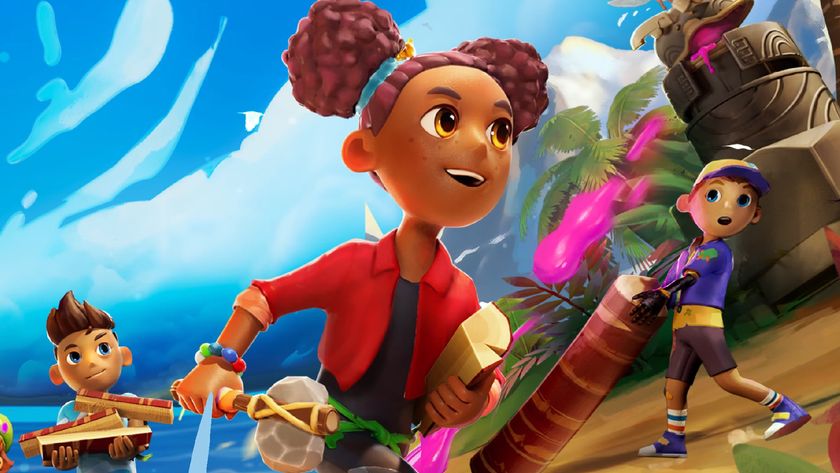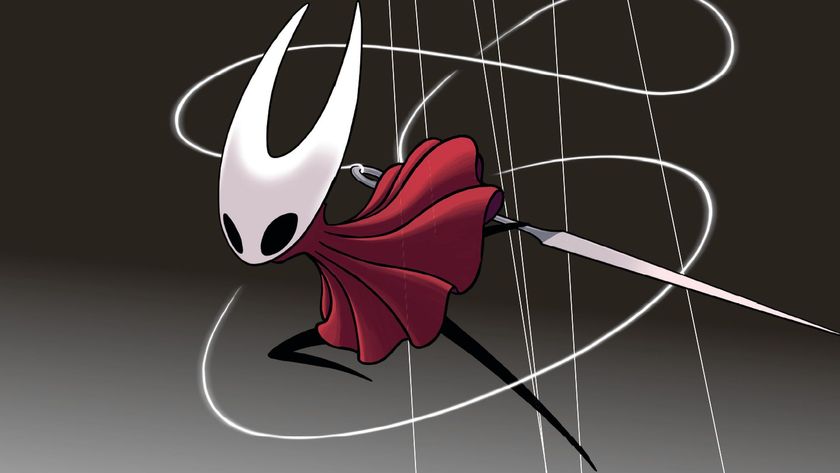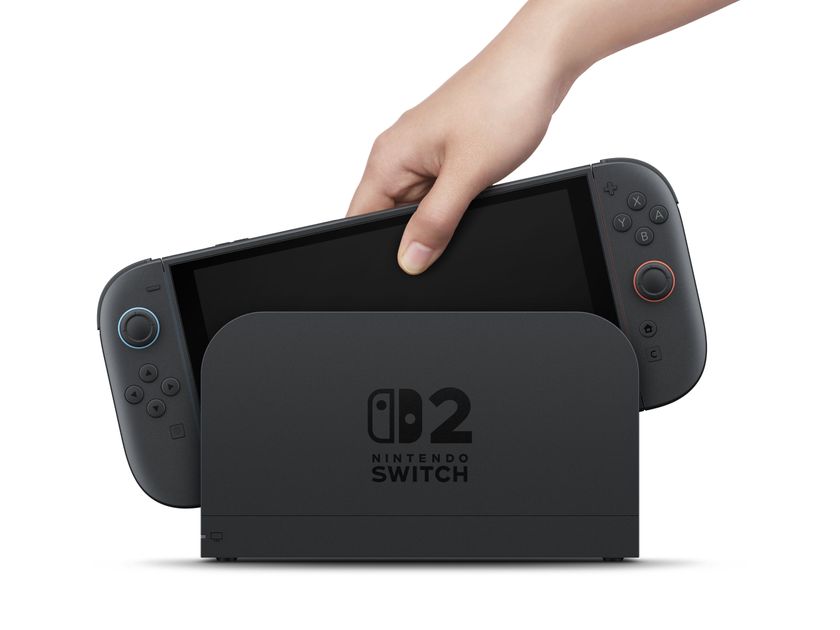How to pitch your game to publishers

Pete Smith, an executive producer working with external studios at Sony, knows a thing or two about videogame pitches: he's sat through hundreds. His talk at Develop Conference was, it seems, not only designed to help developers, but also to make his life a little easier: he opened, with welcome candour, with "I'm sick of sitting through crap pitches". What follows is a summary of his advice on how to pitch a videogame.
Focus
"You may understand the game yourself and have written every line of code, but if you don't have a focus to communicate you've got a serious problem," Smith said. "Get it down to one focus sentence." To make his point, he showed two videos of developers describing the game they were working on. The first, of Evolution Studios, showed the value of having a team that's resolutely on-message, with each paraphrasing Motorstorm's focus sentence: "Brutal off-road racing in a chaotic environment." The poorly prepared team working on a Lemmings game were, to a man, incapable of describing their game properly, with one failing to say a single word. "That," Smith says, "was the CEO. Motorstorm is now on six million units; the Lemmings developer went bust."
What game ideas should I pitch?
"The most common question I'm asked is, 'What do you want?'," Smith explains. "If we knew that, we'd already have it in development." Instead, he suggests you tailor your pitch to a company's current strategy. If you're pitching to Microsoft, they'll like Kinect support, while only a fool would pitch an idea to Zynga that wasn't using the freemium model.
What assets do I need?
Smith recommends that you keep your presentation as visual as possible: "Even a rough screen mockup can give more insight than pages of text. As a developer you want to spend as little as possible, but you still need to get this right – and there are lots of options."
He's a fan of ripomatics: audiovisual montages that can be used to convey a game's key theme or style. As they're only used in private presentations you needn't worry about using licensed footage or music; indeed, both are encouraged. Just ensure your ripomatic retains that singular focus we mentioned earlier. One video Smith showed spliced footage from a host of action films and games from the last three decades, which conveyed nothing about the game itself – and at seven minutes, it was far too long.
If you've got the funds, previsualisation videos can be of dual benefit, not only helping sell the game to a publisher but acting as "a great benchmarking tool for the team – they used it in Motorstorm, constantly referring art back to it to push the visuals."
The best way to get a publisher interested, though, is a playable prototype – traditionally a costly endeavour, but more feasible now with the likes of Unity and Sony's own Fire Engine. "They're brilliant," Smith says. "They give an impression of gameplay, but also help gauge the competency of the team – and are especially important for smaller digital games where fancy graphics are important. Just make sure you prototype the right thing – I don't care about a fancy framework, but how the game plays and why it's fun."
Sign up to the 12DOVE Newsletter
Weekly digests, tales from the communities you love, and more
Whichever path you choose, Smith advises that you focus on making the publisher's life as easy as possible. "If you have great, focused assets we can more easily communicate the game to marketing, and help marketing more easily communicate the game to the public – and we all know marketing are a bunch of lazy bastards," he says. "The better assets you give us, the better we look, and the less risk we take by presenting it. We get excited when we find great games, and we want to show them off."
Manage your expectations
You could have the next Minecraft on your hands, but don't be so confident in the game's success that you expect a publisher to back you outright without anything in return. "The more you ask for, the more difficult it will be," Smith says, advising that you "pitch the one area you care about and focus on that. Someone once pitched a good game and they wanted to keep the IP, have a massive development spend, bigger royalties, and guaranteed unit sales and marketing spend. They'd have got one of those."
IP is key, and it's not uncommon for a publisher being asked to take a chance on a new game by a young studio to want the IP in return. "There are obvious benefits to keeping it, but also to giving it up," Smith says. "Remember: 100 per cent of nothing is nothing. A publisher is far more likely to commit to marketing and merchandising if it owns the IP." It's a fair point, if understandably one-sided, and Smith admitted that Sony's insistence on IP retention meant that it lost a possible exclusive on Limbo to Microsoft.
The pitch itself
"Make sure you get straight to the point," Smith says. "Think about the one message you want the publisher to remember and get straight to that." Open with what makes the game great, and return to it at the end, to ensure it sticks – but make sure to make the business case, too. Explaining costs, your schedule, current status and projected completion date shows the publisher that you understand the business side of development, and helps sell not just your game, but your studio.
This, Smith says, could be key: "You're probably not going to succeed with your first pitch, but sell yourself as a company and as individuals – it's all about building trust and confidence. "If you impress the publisher they're more likely to consider you for future work, and pick up the phone when you call."
It's worth thinking, too, about who pitches. Your CEO might be great in a normal business meeting, but if he doesn't know the game inside out, you're best advised to look elsewhere. "If the junior designer is the most passionate and knowledgeable about the game," Smith says, "have them do the pitch." Smith also recommends you leave the publisher with a summary of the project, kept to a single page, with all assets either on an FTP or, ideally, a USB stick.
Lots to bear in mind, then, but Smith says the single most important thing is "passion. Show that you're passionate about your idea; that you know it inside out and have the drive and communication to make it happen. It's the single most vital ingredient to getting your pitch over in the right way."
Edge magazine was launched in 1993 with a mission to dig deep into the inner workings of the international videogame industry, quickly building a reputation for next-level analysis, features, interviews and reviews that holds fast nearly 30 years on.

The Switch 2 Direct broke just in time for me to nearly miss a revival of a 26-year-old Konami cult classic I obsessed over in Nintendo Power

As Hollow Knight Silksong makes a blink-and-you'll-miss-it reemergence for Nintendo Switch 2, Xbox reminds everyone the Metroidvania is still day one on Game Pass











